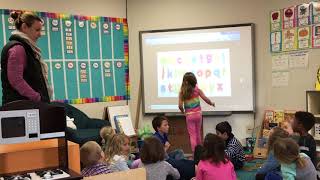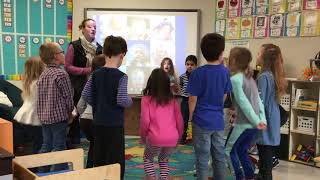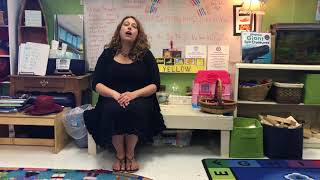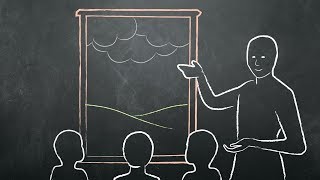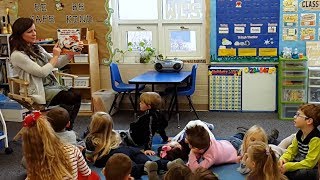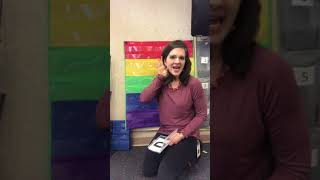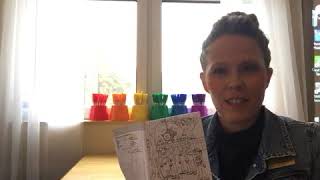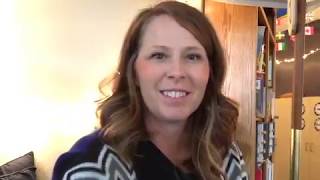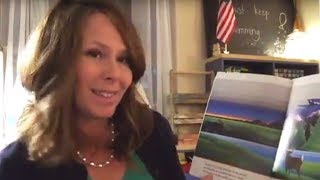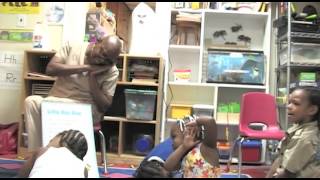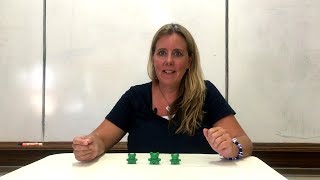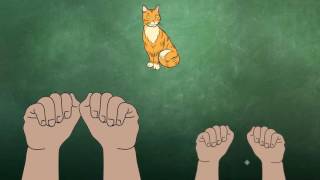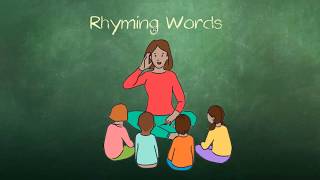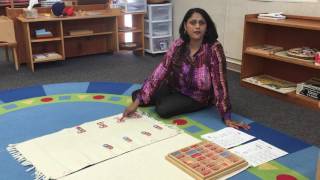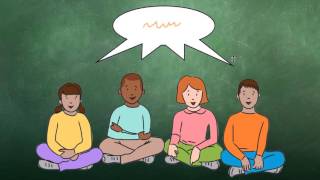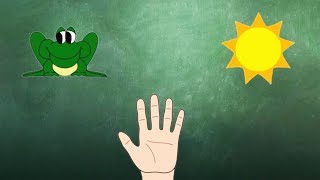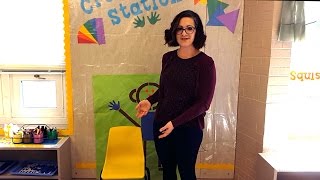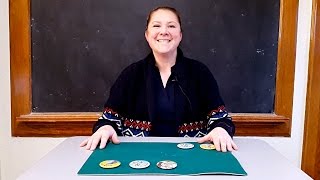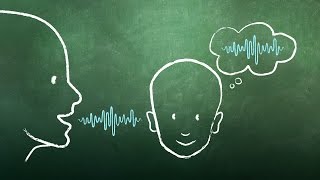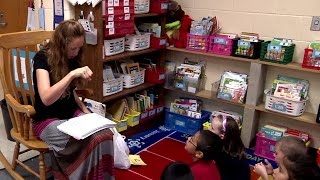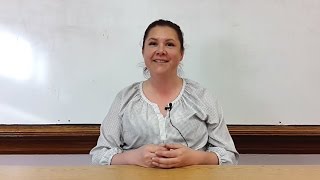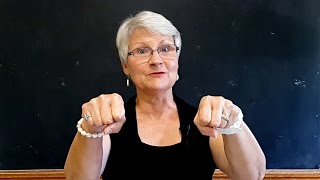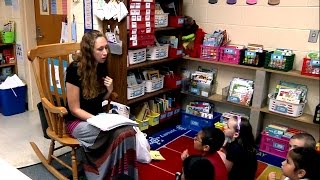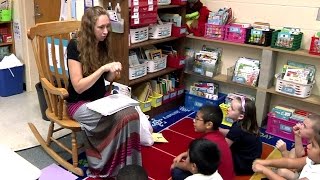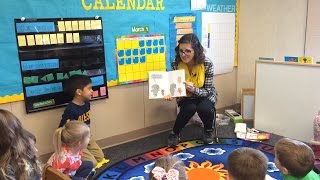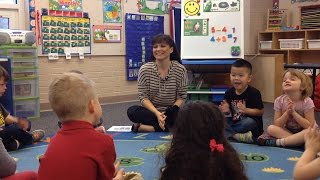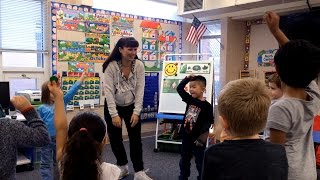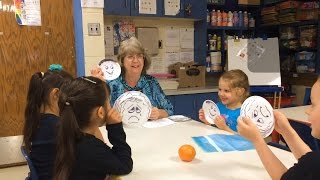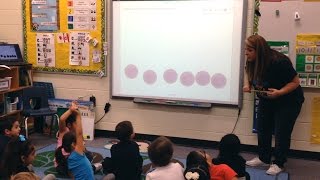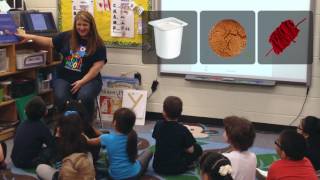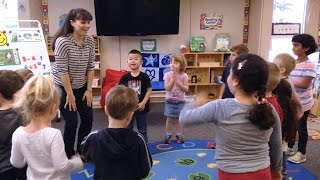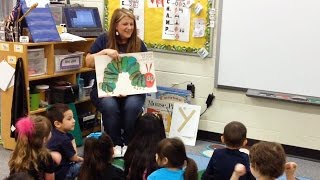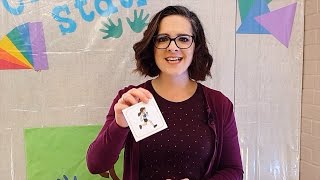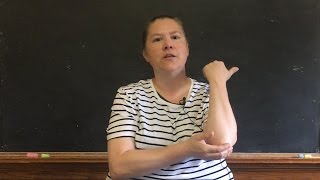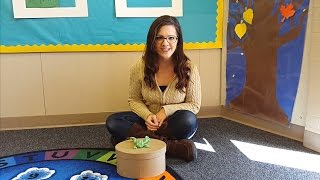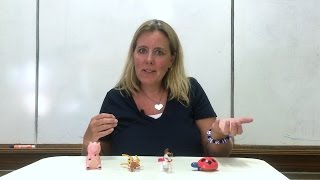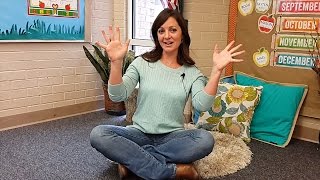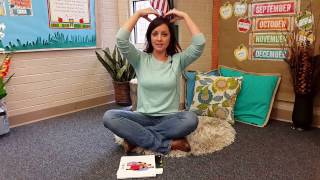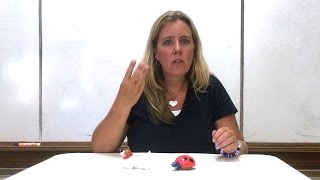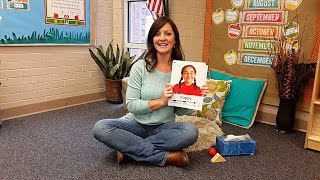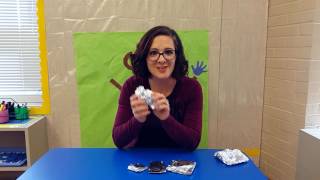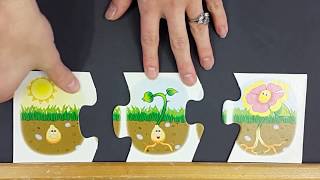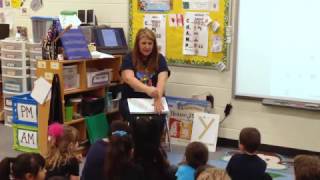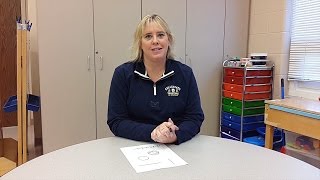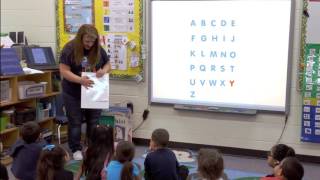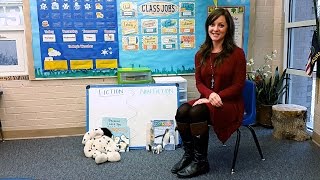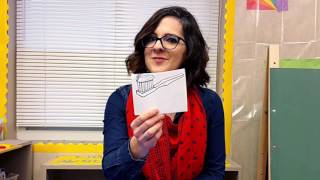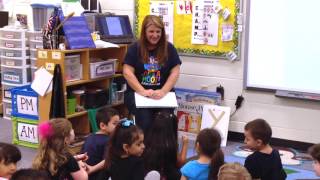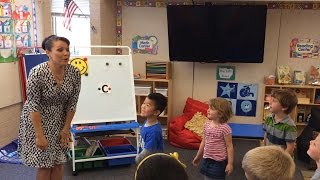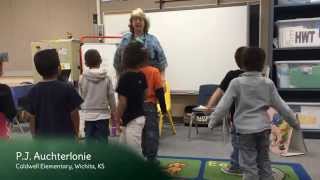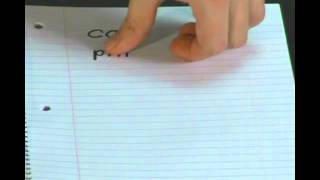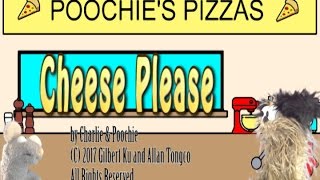 Literacy | Reading, Writing, Speaking
Literacy | Reading, Writing, Speaking

Literacy
Subcategories
This lesson is designed to demonstrate a fun way to teach children about vowels
This lesson is designed to demonstrate a fun way to teach children about vowels
This lesson demonstrates ways to teach young children about syllables. They can be easy
Making predictions helps students think about different possibilities and test their critical thinking. Students can practice this by making predictions at the start of a new lesson.
This lesson shows how a teacher can use a storybook to reinforce many things …
To aid in stand letter recognition, we play an Alphabet Chant game.
Students put sentences in order to make a story that makes sense.
Students highlight words in a weekly reader.
Students blend sounds together as a reading strategy.
Students reread certain parts of a book to gain a better understanding of what …
Students use pictures to understand new words and to associate meaning to the text …
During the reading of a story, the teacher has the students make predictions as …
To help students break down the sounds that make up simple words, the teacher …
The teacher and students break simple words into two parts, the onset and the …
To help students learn to find rhyming words, the teacher says three words. Only …
The teacher leads an activity that helps students recognize rhyming words by listening for …
Word families are made up of words that end in the same sound. In …
The teacher leads oral activities that give students the opportunity to generate rhyming words …
The teacher begins by using sets of picture cards and having students sound out …
In this activity, the teacher uses a chair(s) to teach the pronouns he, she …
The teacher uses hand movements to put two words together to make a compound …
In this activity, the teacher uses counters to help students identify how many words …
Phonological Awareness is the ability to hear sounds and sound patterns within a spoken …
There are many ways for students to practice breaking words down into syllables. In …
Students practice breaking words down into parts by hopping the number of syllables. When …
The teacher uses his or her hands to break apart words into syllables.< ...
During this activity, the teacher asks students to compare the beginning sounds of two …
Through the use of movement, the ending sounds of words are emphasized, making the …
The teacher uses their hands to show students how words break down into syllables …
The teacher and students use a worksheet to learn about a new letter. In …
The teacher uses this activity to show students the difference between a word and …
During story time, the students actively participate in learning action verbs. This helps the …
This video explains the stages of how young children hold writing tools and how …
In this activity, the teacher and students practice putting syllables together to make a …
In this lesson, the teacher says a word and asks students to come up …
Here is a simple way to use visuals to teach about compound words. The …
In this lesson, the teacher introduces five new sight words — words that have …
A rhyming lesson that uses objects and a pretend “monster.” The teacher says …
This video shows one way to teach letters and sounds, using “x” — a …
This game helps students learn that compound words are made of two separate words …
This active game called “Rhyme for a Dime” makes practicing rhyming words fun for …
In this activity, the students decide whether two words rhyme and use the characters …
To introduce the idea that sentences are made up of individual words, the teacher …
The teacher focuses on one letter and the sounds that letter makes. Then, the …
The teacher and students clap, pat, and stomp to help them count the number …
The teacher uses story time and a picture book as the basis for discussing …
A lesson that teaches syllables using a picture of the word. The teacher and …
In this lesson, students play charades to practice acting out verbs.
In this lesson, a teacher and students play a rhyming game called “Silly Simon …
This lesson focuses on Sight Words, commonly used words that don’t follow typical grammar …
In this lesson, the teacher and students learn to create rhymes by breaking up …
A lesson that uses a game to teach rhyming words.
Students learn prepositions by moving a physical object around a box as directed by …
This lesson uses objects to teach children how to put sounds together to create …
Using letter and animal picture cards, the teacher shows one way to teach letters …
In this activity, students are introduced to the concept of verbs as action words …
In this grammar lesson, the teacher introduces nouns using hand gestures and picture cards …
Early childhood lesson about teaching students to recognize the difference between a letter, word …
In this lesson, students learn to break down a word into its component sounds …
The class practices using adjectives while playing the “I Spy” game. Students use adjectives …
In this activity, students unwrap packages and use adjectives to describe the contents. The …
In this small group lesson, Heidi uses picture cards to show story structure. First …
In this activity, the teachers uses her arm as a visual aid to demonstrate …
This song helps students learn simple, three-letter words. The teacher and students practice making …
In this lesson, children learn to write their names. The teacher reviews basic lines …
In this game, the students learn about beginning sounds by matching picture cards with …
The teacher uses pre-made shapes to show how the lines of letter are written …
In this activity, the teacher gives the beginning sound and the ending sound of …
The teacher and students sing the “ABC Song” together as the teacher points at …
The teacher and students use a chart to categorize things as fiction or nonfiction …
In this activity, the teacher uses the song “The Bear Went Over the Mountain …
This activity helps students learn to recognize whether words rhyme or not. The teacher …
Here is a fun, active way to teach letter sounds. The teacher leads students …
This lesson focuses on teaching students to build simple sentences. Students use flashcards with …
This lesson uses a game to teach rhyming skills. The teacher pulls an item …
This simple chant activity and a copycat rhyming game can help reinforce rhyming knowledge.
Learn how to teach kids how to sound out words, by covering up parts …
Kindergarten games on sounding out words are a great way to start developing a sense of grammar within those students …
A syllable is “how many beats are in a word.” The teacher and students use motions and their whole …
Blending onset and rime using several different gestures, songs, and chants. Note- letter displacement and word manipulation is being done …
Early childhood educators demonstrate different ways to use cell phones and digital cameras in the classroom, incorporating them into language-rich …
By analyzing compound words and their roots, students discover a strategy for understanding new vocabulary and improving their spelling. In …
To help students learn sight words, the teacher has them breakdown words into tall and short letters.
Using students’ names in a game format is a fun way to reinforce concepts like syllables and letter-sounds.
The teacher covers up the name of a student and shows it one letter at a time. Students try to …
After practicing letter sounds, students identify picture cards and place them under the letter …
Being able to name the letters in the alphabet is one of the critical predictors of reading success. Most people …
This lesson shares ideas for teaching sight words — common words that have to be memorized.
In this activity, young children place simple, three-letter words into blanks to create silly sentences. This gives them a chance …
This matching activity gives students a chance to practice spelling words that have similar vowel sounds. Using cut-outs and pipe …
Lesson Supplements
These videos can be shown in class, or students can watch them on their own.
You can also get valuable ideas from them to use in your teaching.
This alphabet song leads children through the sounds and shapes of letters in preparation for writing. Based on Montessori method …
This video shows students how to sound out words by pronouncing each letter from left to right. It can be …
Here is a phonics reading machine to help students practice sounding out words. You can turn the volume down and …
Learn 25 Sight Words with this fun and energetic video. Great for early reading …
Have fun learning about rhymes with Poochie, Stinkitty cat and Tails the mouse as …
Learn 25 Sight Words for Kindergarten with this video. It is perfect for the kindergarten and preschool classroom. Words include:
Learn 25 Sight Words with this video from ELF Learning! Great for early reading development.
Words include: will, up, other …
This sight word song was specifically written to help children memorize the spellings of …
Sing along with little ladybugs and learn the 5 W’s of storytelling: Who, What …
This song helps children learn the typical structure of most stories by giving examples in a fun and easy call …
Children can have fun, sing, dance, roar and learn about rhyming words and word …
This video helps kindergarten students learn and practice 25 sight words.
Words include: the, of, and, a, to, in, is …
This lesson demonstrates ways to teach young children about syllables. They can be easy
This song features examples of common compound words and encourages children to sing along …
Children sing along to practice and learn about regular plural nouns and the suffix …
This fun song gives children a chance to practice the short vowel sounds for …
This lesson is designed to demonstrate a fun way to teach children about vowels
This lesson is designed to demonstrate a fun way to teach children about vowels
Children learn about and practice long and short vowel sounds while singing along to …
A global movement of people sharing knowledge and learning from each other, to better educate our children and create hope for the world.
A global movement of people sharing knowledge and learning from each other, to better educate our children and create hope for the world.

